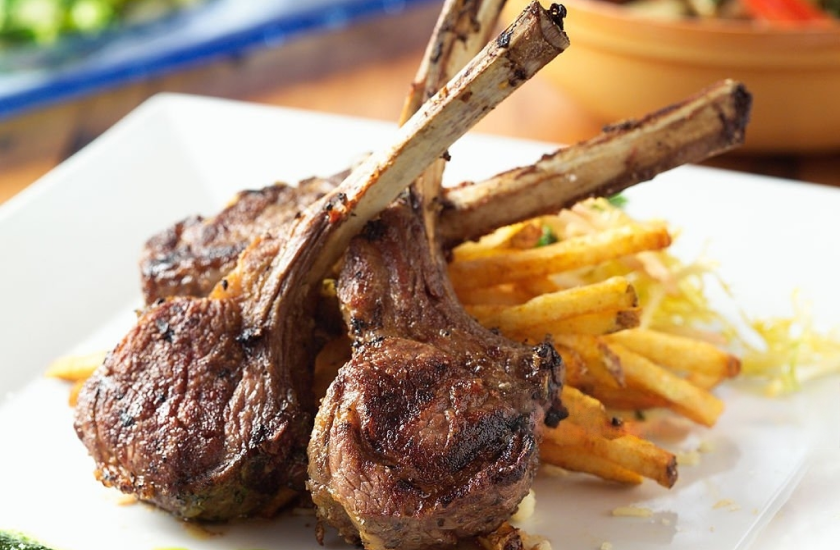Lamb
-
Beefs
Beefs
-
Chicken
Chicken
-
Pork
Pork
-
Eggs
Eggs
-
Fish
Fish
-
Lamb
Lamb
-
Goat meat
Goat meat
-
Honey
Honey
-
Sea Food
Sea Food
-
Milk
Milk
-
Cheese
Cheese
-
Yogurt
Yogurt
Nuestros Folletos
Contáctanos
Social Media


Lamb, live sheep before the age of one year and the flesh of such an animal. Mutton refers to the flesh of the mature ram or ewe at least one year old; the meat of sheep between 12 and 20 months old may be called yearling mutton. The meat of sheep 6 to 10 weeks old is usually sold as baby lamb, and spring lamb is from sheep of age five to six months.
Lamb vs. Sheep
- Lamb vs Sheep: Size
Lambs are smaller than adult sheep, weighing 5-10 pounds at birth.
The largest sheep species is the endangered argali from Mongolia, weighing up to 700+ pounds. - Lamb vs Sheep: Coat
Lamb’s wool is softer and finer than sheep’s, making it popular for sweaters and blankets.
Lambs are first sheared at around 6 months of age. - Lamb vs Sheep: Horns
Most lambs don’t have horns; males might have small bumps resembling horns. - Lamb vs Sheep: Diet
Lambs drink ewe milk initially, then transition to a diet of grasses, flowers, and legumes. - Lamb vs Sheep: Sociability
Lambs stay close to their family initially; domestic sheep are social, while wild sheep are more solitary.
Global Lamb and Mutton Consumption: Preferred Cuts and Regional Specialties
The primary lamb- and mutton-consuming countries (on a per capita basis) are New Zealand, Australia, Greece, Uruguay, and Ireland. The leg, saddle (upper back portion of the carcass from last rib to legs), and shoulder, although they contain higher proportions of bone to meat, are considered the finest cuts by some cooks.
In the United States popular cuts include individual chops from the ribs or loin, the leg, and the so-called crown roast, made by forming the rib section, or rack, into a circle. A regional specialty, virtually unknown outside of the state of Kentucky, is barbecued mutton. Curried mutton, served with rice, is a favourite dish of Jamaicans.
New Zeland
Australia
Grece
Uruguay
Ireland
United States
